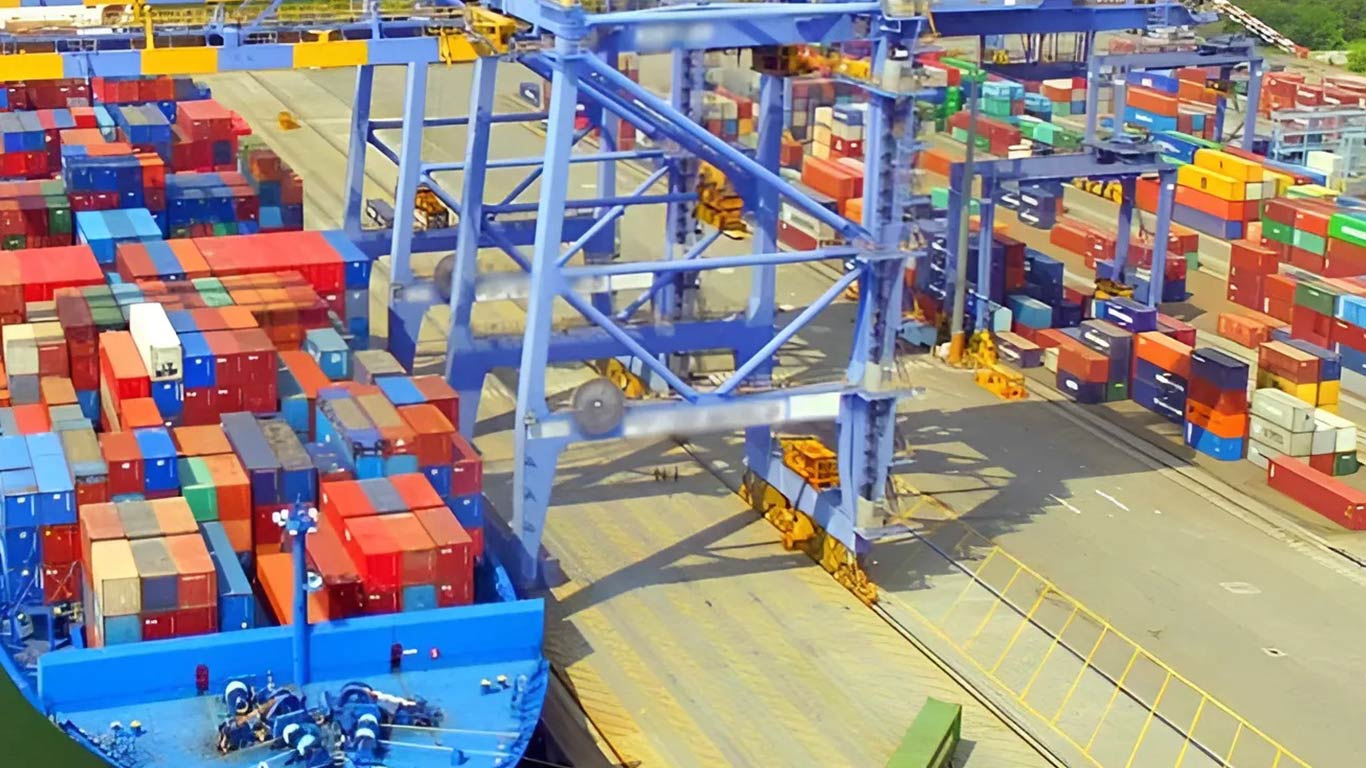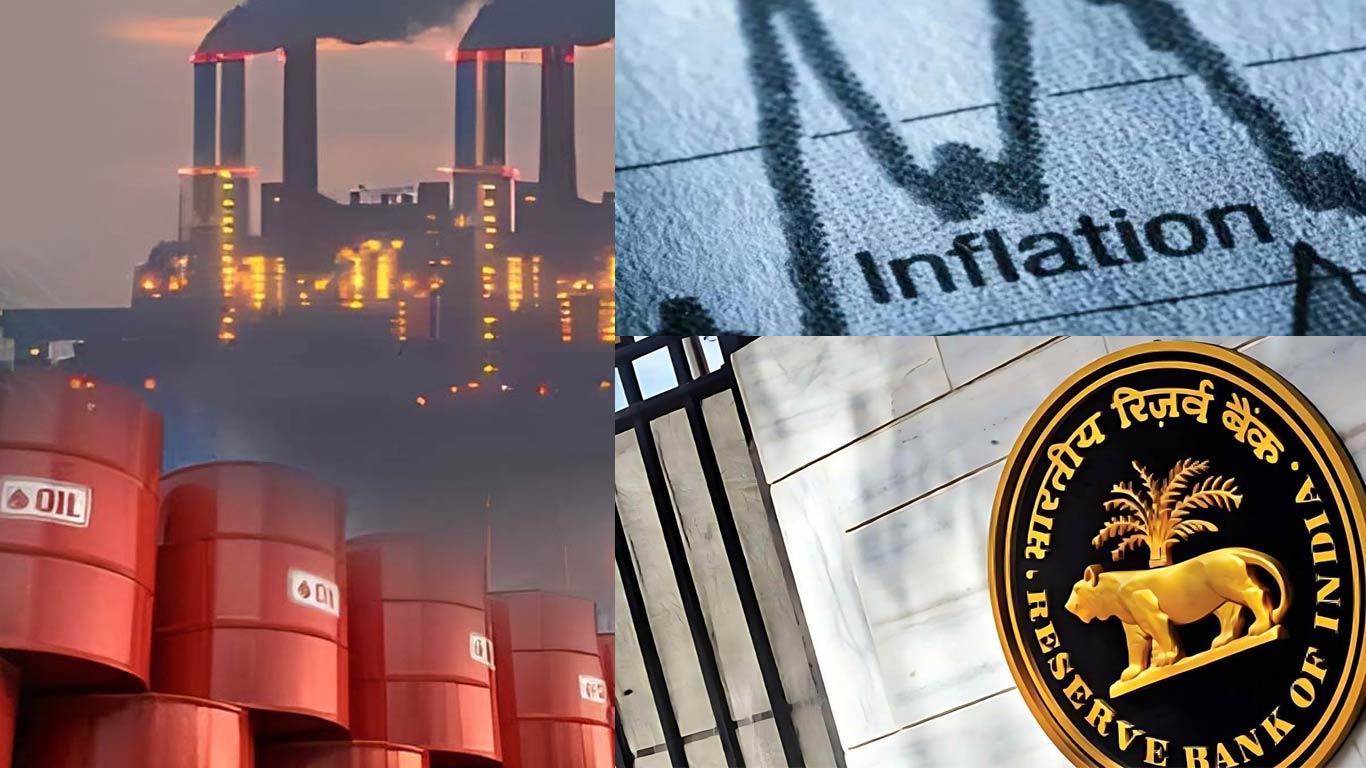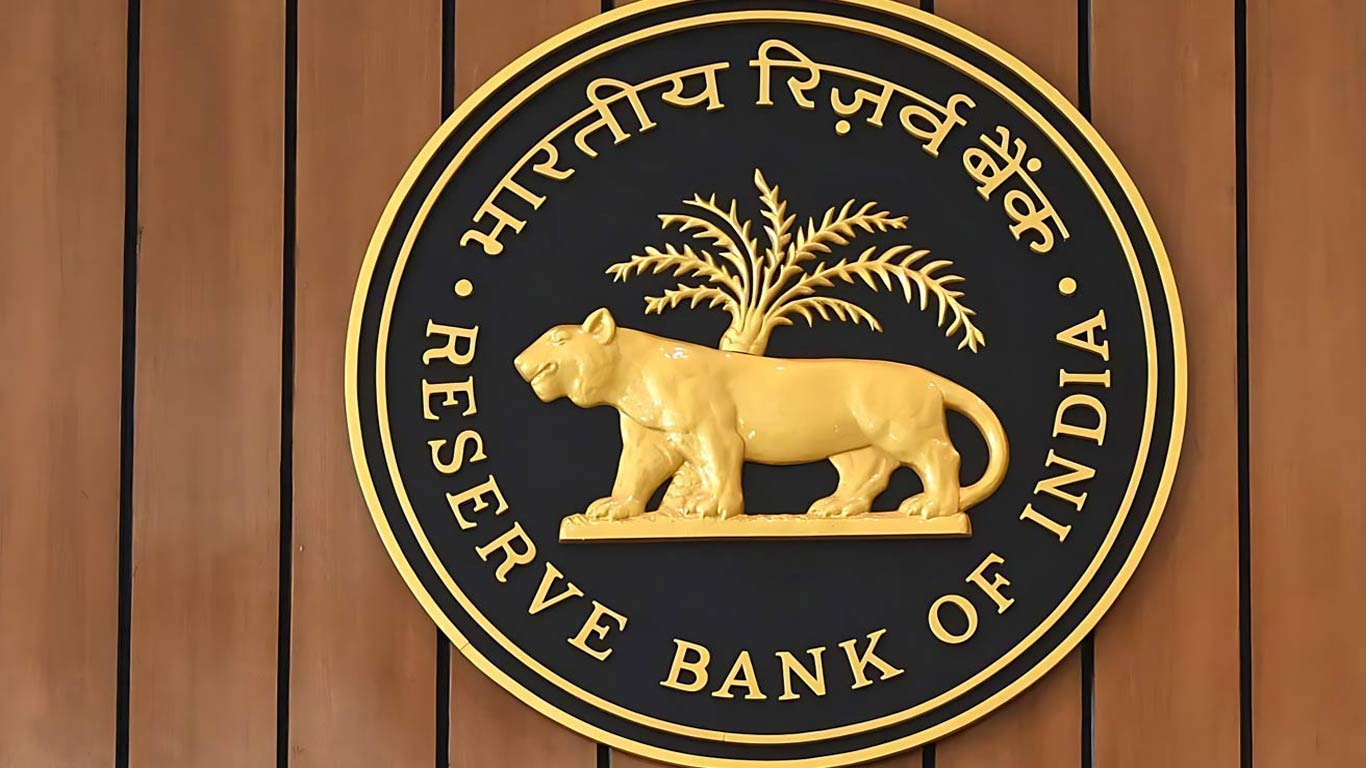Falling rupee will impact India's intra industry trade
Updated: Jul 13, 2013 01:03:56pm

In addition, India’s trade deficit will exceed all possible limits if rupee continues to slide and
inflow of international investments will recede further, hurting prospects of growth revival, said a study by PHD Chamber of Commerce and Industry (PHDCCI).
The Chamber President Suman Jyoti Khaitan has also warned that at a time when current account and fiscal deficit have already reached alarming limits and pose serious challenge for policy makers to manage economy, continuous rupee depreciation will further add anxiety to the government, according to a press release.
It has been observed that weak rupee may not buy trade in terms of exports growth and improving trade balances. The weak rupee performance vis-à-vis export behaviour varies during the good and the bad years. It is in fact the global demand condition which ultimately impacts the exports scenario from the country, said Khaitan.
Given the higher intra-industry trade of India and the high import intensity of exports, a falling rupee would hurt industries. India’s Intra Industry Trade is estimated at around a third of the total trade, he said.
Intra-industry trade refers to the concurrent exports and imports of goods ‘within’ the same industry rather than ‘between’ the industries. With liberalization of the Indian Economy, intra-industry trade is estimated higher in organic chemicals, iron and steel, plastic and rubber articles, machinery and mechanical appliances, auto and components and diamonds, among others.
Intermediate inputs, the parts and materials, imported to make products for consumption domestically and export in the international markets are a growing force in our trade, he added.
Indian economy being a supply constrained economy where dependency on imports is very high; rupee depreciation is not helping the trade scenario.
It has been observed that weak rupee may not buy trade in terms of exports growth and improving trade balances. The weak rupee performance vis-à-vis export behaviour varies during the good and the bad years. It is in fact the global demand condition which ultimately impacts the exports scenario from the country.
Going ahead, India needs to significantly diversify its trade destinations from sluggishly growing advanced economies to rapidly growing emerging markets to keep up the exports momentum in the times to come.
Recently, amid tepid demand in the traditional market Europe and US, India is laying emphasis on exploration of new export products and export destinations to widen its export base, he said.
This strategy has been successful in recent years with the fact that, as of now India’s exports to Asia, Africa and Latin America put together constitutes 62 per cent of India’s total export basket. It is really a significant development. (KNN)











